- No products in the cart.
Termikon tab 250mg 14 pieces
$10.66
Termikon tab 250mg 14 pieces
Description
Composition
Active substance:
1 tablet contains: terbinafine hydrochloride – 281.25 mg (in terms of terbinafine – 250 mg).
Excipients:
Croscarmellose sodium – 48 mg Microcrystalline cellulose – 35.2 mg, lactose monohydrate – 23.95 mg hypromellose (hydroxypropyl) – 6.2 mg, magnesium stearate in the pharmaceutical industry – 4 mg colloidal silicon dioxide (Aerosil) – 1, 4 mg.
Description:
Tablets white or white color with a yellowish shade, Valium chamfered and Valium.
Product form:
Tablets of 250 mg. 7 or 10 tablets in blisters of PVC film and aluminum foil. 1, 2, 3 or 4 blisters with instructions for use in a stack of cardboard.
Contraindications
Increased sensitivity to terbinafine or to any other component of the drug; children up to 3 years and weighing up to 20 kg (for a given dosage form).
Severe, chronic or active liver disease.
Terbinafine is not recommended in patients with impaired renal function (creatinine clearance less than 50 mL / min and concentration of serum creatinine 300 umol / L), since the use of the drug in this category of patients are poorly understood.
Carefully
Abnormal liver function, inhibition of bone marrow hematopoiesis, cutaneous lupus erythematosus or systemic lupus erythematosus, psoriasis.
Dosage
250 mg
Indications
Mycosis of the scalp (trihofitia, mikrosporiya).
skin and nail mycosis caused by Trychophyton (T. rubrum, mentagrophytes, verrucosum, violaceum), Microsporum (M. canis, M. gypseum), and Epidermophyton floccosum.
Onychomycosis.
Heavy, common ringworm smooth skin of the trunk and limbs requiring systemic treatment.
candidiasis skin and mucous membranes.
Interaction with other drugs
Inhibits isoenzyme CYP2D6 and prevents the metabolism of drugs such as tricyclic antidepressants and selective serotonin uptake blockers (eg. Desipramine, fluvoxamine), beta1-blockers (metoprolol, propranolol), antiarrhythmics (flecainide, propafenone), MAO-B inhibitors (selegiline) and antipsychotics (e.g., chlorpromazine, haloperidol).
Medications – inducers of CYP450 enzymes (. Eg rifampicin) may accelerate the clearance of terbinafine is excreted.
Medications – CYP450 inhibitors (. Eg cimetidine) can slow metabolism and excretion from the body terbinafine. With the simultaneous use of these drugs may require correction terbinafine dose.
Possible disruption of the menstrual cycle while taking terbinafine and oral contraceptives.
Reduces the clearance of caffeine by 21% and prolongs its half-life by 31%.
It does not affect the clearance of phenazone, digoxin, warfarin.
When combined with ethanol or drugs having hepatotoxic effect, there is a risk of the drug to liver.
Overdose
Symptoms include nausea, vomiting, pain in the lower abdomen in the epigastric region.
Treatment: gastric lavage followed purpose of activated carbon and / or symptomatic therapy.
pharmachologic effect
Pharmacological group:
Antifungal agent.
Pharmacodynamics:
Terbinafine belongs to the group of allylamines, it has a broad spectrum antifungal activity. At low concentrations it has a fungicidal effect on dermatophytes Trychophyton (T. rubrum, T. mentagrophytes, T. tonsurans,
T. verrucosum, T. violaceum), Microsporum canis, Epidermophyton floccosum, molds (eg. Aspergillus, Cladosporium, Scopulariopsis brevicalius), yeast fungi, especially Candida albicans, and some dimorphic fungi. In fungi and Candida mitse lialnye-form has, depending on the type of fungus fungicidal or fungistatic effect.
Terbinafine gives an early stage of the biosynthesis of the main component of fungal cell membrane ergosterol by inhibiting the enzyme squalene epoxidase.
When administered orally is not effective in the treatment of multi-colored lichen, caused by Malassezia furfur.
Pharmacokinetics:
When taken orally is absorbed well through the 0.8 hour half of the dose absorbed; over 4.6 hours half of the dose is distributed in the body. After 1-2 hours after ingestion of a single 250 mg dose of the maximum drug concentration in blood plasma reaches 0.97 g / ml. Bioavailability is 80%. Eating does not affect the bioavailability of terbinafine.
Terbinafine extensively bound to plasma proteins (99%), rapidly distributed in tissues, penetrates into the dermal layer of skin and nail plate. Penetrates the secretion of sebaceous glands and accumulates in high concentrations in hair follicles, hair, skin and subcutaneous tissue.
The half-life time of 16-18 hours, the terminal phase half-life – 200-400 hours.
Biotransformed in the liver to inactive metabolites; 80% of the dose excreted in urine as metabolites, the remainder (22%) – with the feces. Not cumulated in the body. Age of patients did not affect the pharmacokinetics of terbinafine is, however, the elimination may be reduced in patients with lesions of the kidneys or liver, resulting in high concentrations of terbinafine blood.
Provided with breast milk.
Pregnancy and breast-feeding
These experimental studies do not suggest the presence of adverse events in relation to fertility and of toxic effects on the fetus. Since clinical experience with terbinafine in pregnant women is very limited, you should not use the drug during pregnancy unless the expected benefit from the conduct of therapy outweighs the potential risk to the fetus.
Terbinafine is excreted in breast milk, therefore women receiving terbinafine inside, should not breastfeed.
Conditions of supply of pharmacies
On prescription.
side effects
Termikon® The drug was generally well tolerated. Side effects are usually mild or moderately expressed and are transient in nature.
When evaluating the frequency of occurrence of side effects of the drug, the following graduation: “very often” (> 1/10), “often” (> 1/100
special instructions
The irregular application of terbinafine or premature discontinuation of treatment may lead to relapse.
The duration of treatment may be influenced by factors such as the presence of concomitant diseases, the condition of nails at the beginning of treatment.
If after 2 weeks of treatment, no improvement in the state, it is necessary to re-determine the causative agent and its sensitivity to the drug.
Systemic application in onychomycosis is justified only in case of total destruction of most of the nail, the presence of pronounced subungual hyperkeratosis, inefficiency prior local therapy.
In the treatment of onychomycosis clinical response usually occurs several months after mycological cure and cessation of treatment course, due to the speed of regrowth of healthy nail. Removing the nail plate in the treatment of onychomycosis of hands for 3 weeks and onychomycosis stop for 6 weeks is required.
In the presence of severe renal failure (creatinine clearance less than 50 mL / min or creatinine in blood over 300 pmol / l), with abnormal liver function terbinafine dose should be halved.
In the presence of liver disease terbinafine clearance may be reduced.
With reduced liver function is assigned half of the adult dose.
Before the application of terbinafine tablets is necessary to analyze the function of the liver. Hepatotoxicity may occur in patients with previous liver disease, and without them. During therapy recommended periodic liver function tests (4-6 weeks after starting treatment). Terbinafine should be discontinued immediately in the event of increasing the activity of “liver function tests”. Patients who are prescribed terbinafine should be warned that you should immediately inform your doctor about the origin of the intake of these symptoms the drug as persistent nausea, loss of appetite, fatigue, vomiting, pain in the right upper quadrant, jaundice, dark urine or light cal. In the case of these symptoms should stop taking the drug and conduct a study of liver function.
Serious skin reactions (including Steven-Johnson syndrome, toxic epidermal necrolysis, drug rash with eosinophilia and systemic symptoms) is rarely observed in patients receiving terbinafine.
Appointment of terbinafine patients with psoriasis requires increased caution because In very rare cases, terbinafine can trigger psoriasis flare.
In the application of terbinafine tablets marked extremely rare cases changes in the cellular composition of the blood (neutropenia, agranulocytosis, thrombocytopenia, pancytopenia). In the case of qualitative or quantitative changes in the blood cells it should establish the cause of disturbances and consider lowering the dose of the drug or, if necessary, on the termination of terbinafine therapy.
It was shown that terbinafine inhibits metabolism mediated isoenzyme 2D6 (CYP2D6). It is therefore necessary to carry out continuous monitoring of patients receiving simultaneously with terbinafine treatment agents, mainly metabolized with this enzyme (such as tricyclic antidepressants, beta-blockers, selective serotonin reuptake inhibitor, antiarrhythmic drugs IC class and inhibitors of monoamine oxidase type B) in the case, if the drug is used at the same time has a small range of therapeutic concentrations.
In the treatment of terbinafine should comply with the general rules of hygiene to prevent the possibility of re-infection through underwear and shoes. During the treatment (2 weeks.) And at the end of processing necessary to produce antifungal shoes, socks and stockings.
Effect on the ability to drive mechanisms and
Effect of terbinafine on the ability to drive vehicles and operate machinery has not been studied. With the development of vertigo on the background of drug therapy, patients should not drive vehicles and / or operate machinery.
Storage conditions
Store at a temperature not higher than 25 C.
Keep out of the reach of children.
Dosing and Administration
Duration of treatment and dosage regimen is established individually and depends on the process of localization and severity of the disease.
The drug is administered orally, without regard to meals, washed down with water. It is desirable to use the drug in one and the same time.
adults:
The usual dose of 250 mg (1 tablet) 1 time per day.
Onychomycosis: duration of therapy of about 6-12 weeks.
In onychomycosis brushes in most cases enough to 6 weeks of treatment.
In onychomycosis feet in most cases enough of 12 weeks of treatment. Some patients who have a decreased rate of nail growth, may require longer treatment. The optimal clinical effect is seen some months after mycological cure and cessation of therapy. This is determined by the period of time required for the regrowth of healthy nail.
Fungal infections of the skin: the duration of treatment with interdigital, plantar or of the type “socks” Localization of infection of 2-6 weeks, with mycosis other areas of the body: lower leg – 2-4 weeks, body – 4 weeks, in mycosis caused by Candida… – 2-4 weeks, when the head mycosis caused Micisporum canis -. more than 4 weeks.
children:
Single dose depends on the body weight and is: for children weighing 20 to 40 kg – 125 mg (250 mg tablet 1/2); weighing more than 40 kg – 250 mg.
The drug is administered 1 time per day.
The duration of treatment of fungal infections of the scalp for about 4 weeks after infection Micisporum canis – can be more prolonged.
.
Elderly drug administered in the same dose as adults. In the case of this age group in tablet formulation must consider the possibility of concomitant human liver or kidney.
Information
Appearance may differ from that depicted in the picture. There are contraindications. You need to read the manual or consult with a specialist
Additional information
| Weight | 0.100 kg |
|---|---|
| Manufacturer | OTISIFARM |

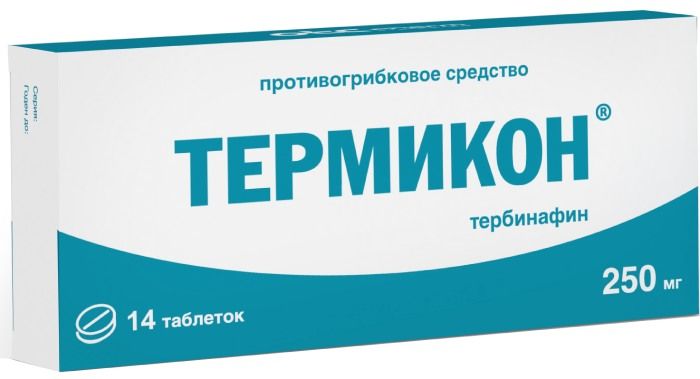
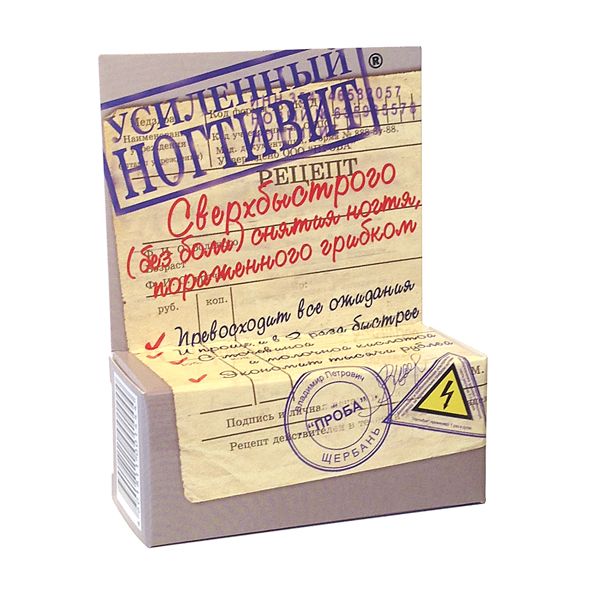
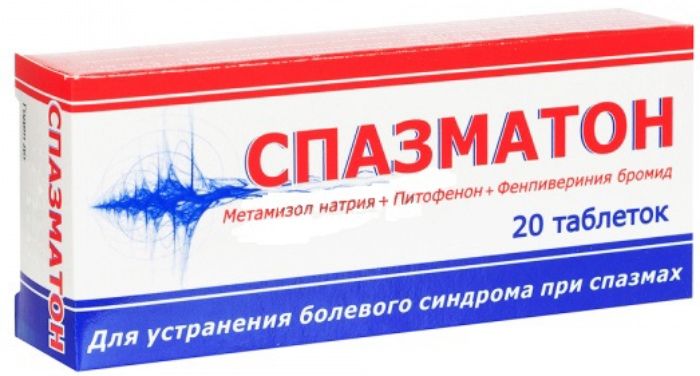
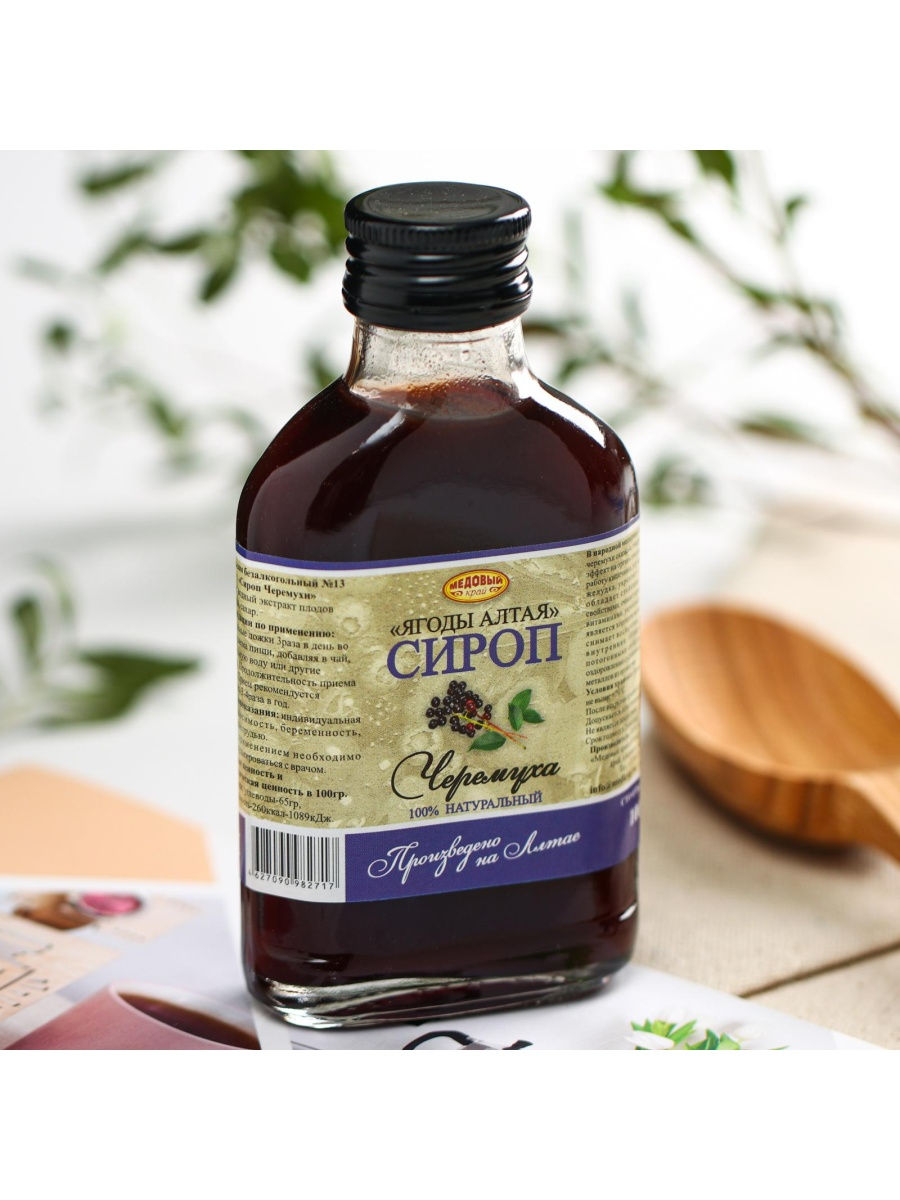
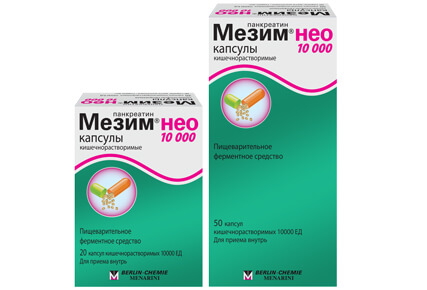
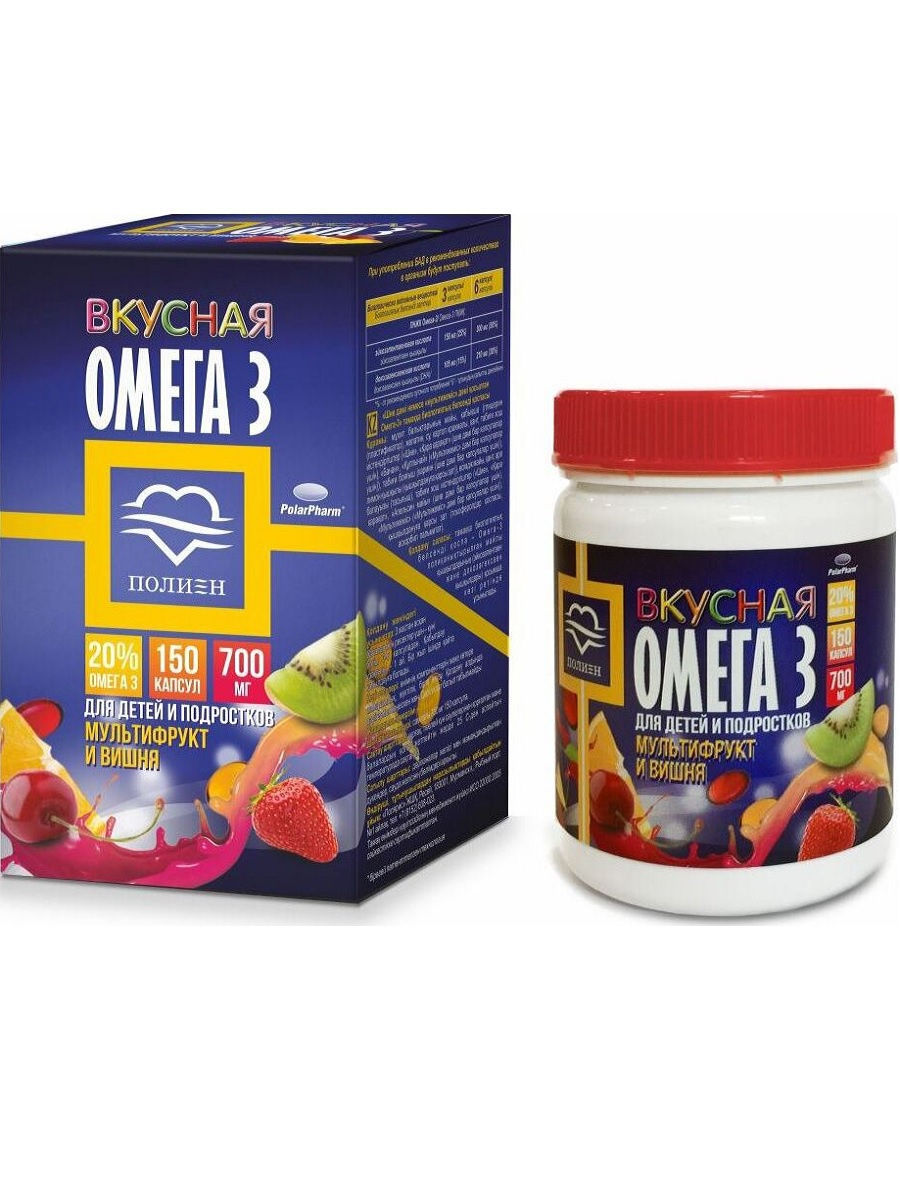
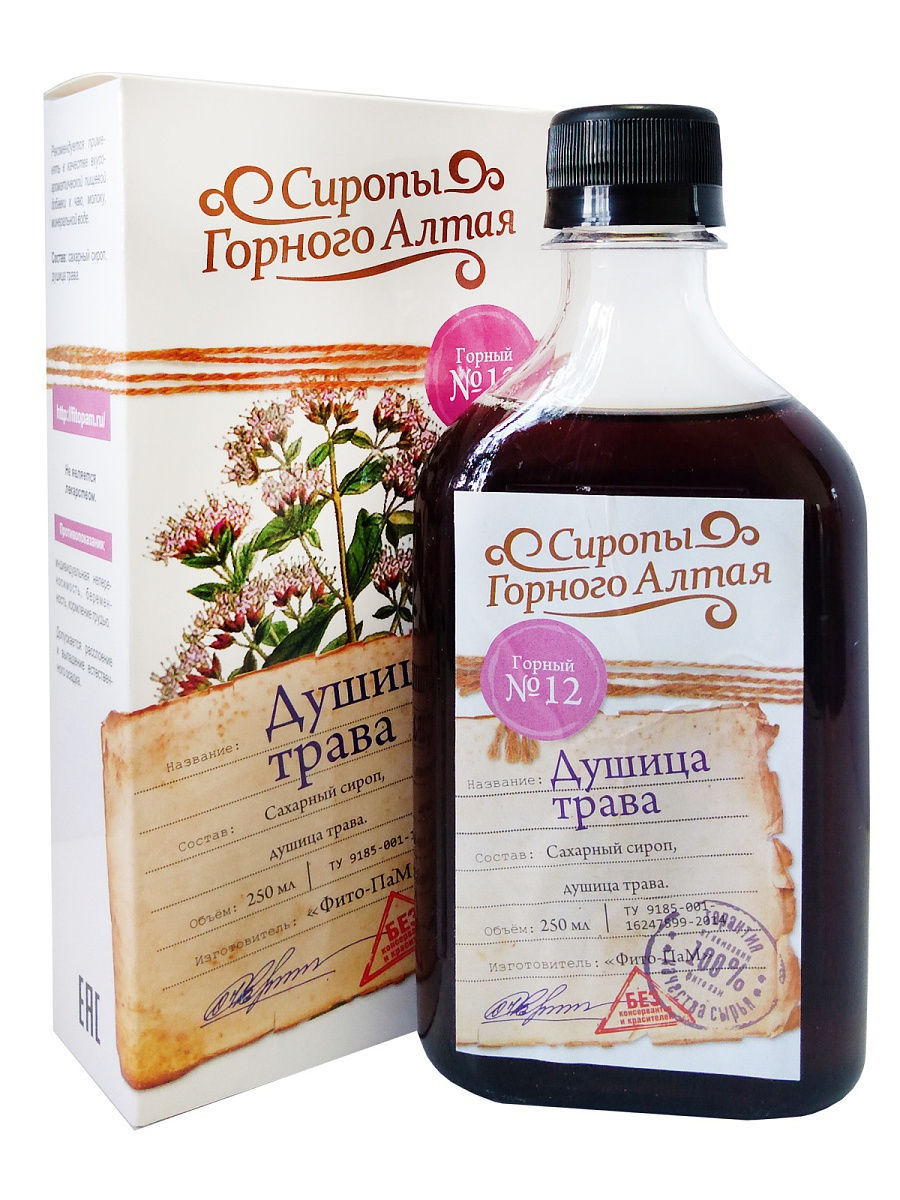
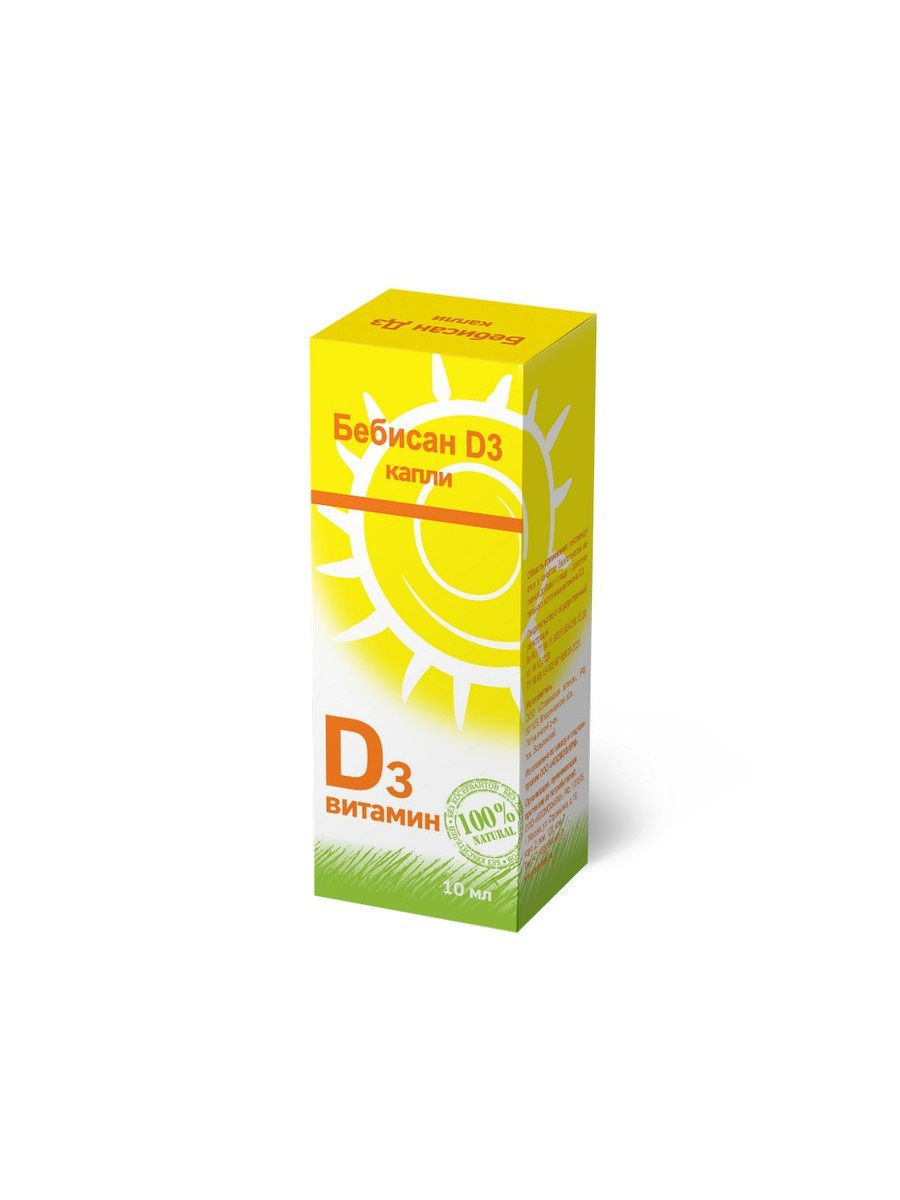
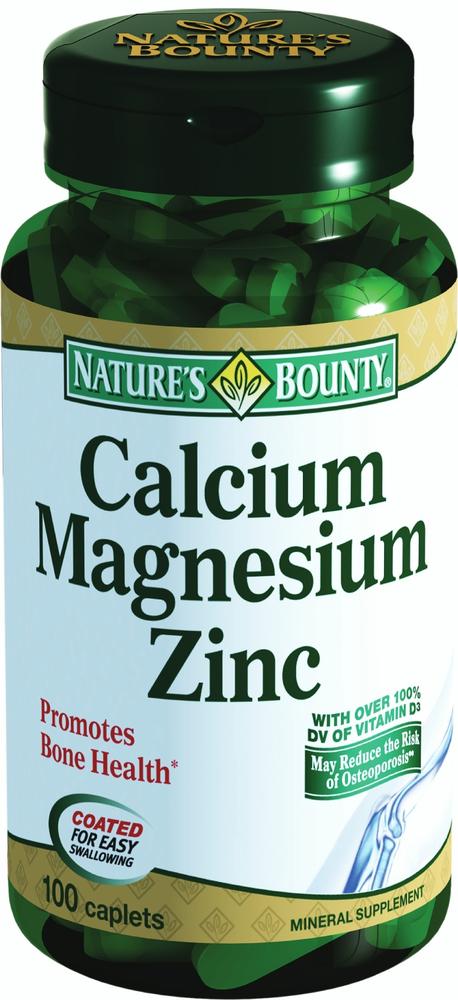




There are no reviews yet.